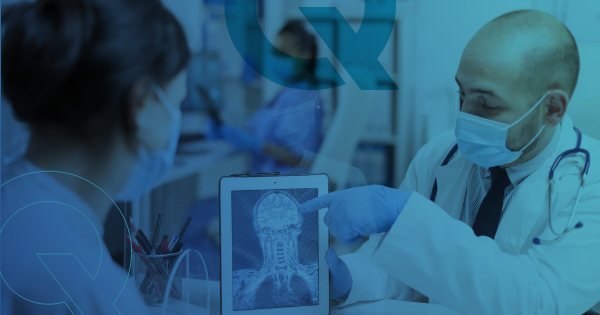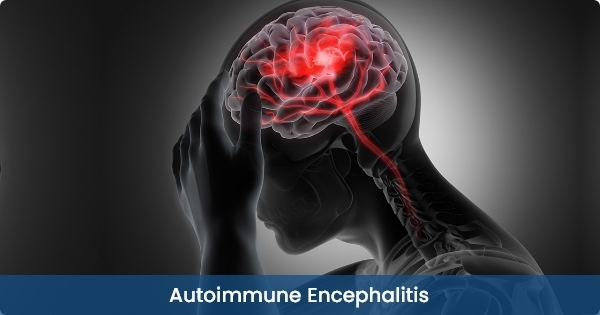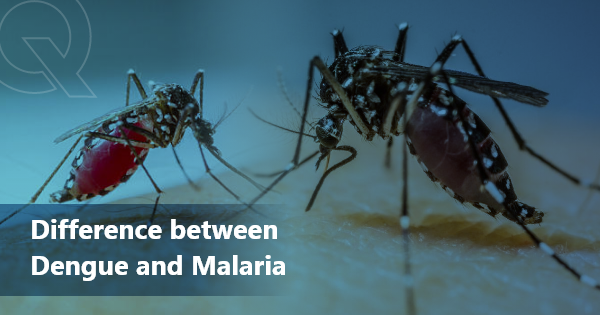Dr Shivali Ahlawat
Head of National Reference Laboratory, Oncquest Laboratories Ltd.
Transmitted mostly by the Aedes mosquitoes, dengue is endemic in most tropical and sub-tropical countries and can prove deadly in serious circumstances. Though it is basically not a neurotropic virus, there have been reports of neurological manifestations during and after the infection, especially in the recent past. During the course of dengue illness and recovery, both hepatic and neurological symptoms have been observed, with the neurological symptoms caused mostly due to metabolic alterations, hypotension and haemorrhagic manifestations. Major complications include encephalitis, myelitis, Guillain Barre (GB) syndrome and myositis.
According to studies, over 2.5 billion people across the globe are exposed to the dengue infection and its endemic zone comprises more than 100 countries. Recently it had been noticed that in most cases of infection the virological characteristics have been changing, leading to widespread neurological complications. The neurological manifestations are more common in the secondary phase of the infection; however, the primary phase can also affect the nervous system.
The mechanism for neurological complications is most likely due to the direct invasion of the Central Nervous System (CNS) by the virus, autoimmune reactions and metabolic alterations. While the virus had been considered non-neurotropic a couple of decades back, recent observations have shown that it has the potential to actively enter the central nervous system with autoimmune reactions and metabolic alterations being demonstrated in most cases.
Diagnosis and impact of CNS complications
The central nervous system (CNS) complications can be diagnosed by detecting viral RNA or non-structural protein in the cerebro-spinal fluid (CSF), isolating the virus from the CSF, and evaluating other causative agents of viral brain diseases. CNS complications can lead to more severe disease and lesser or slower possibilities of recovery.
Here are some of the common neurological complications caused during and / or after dengue infection.
Encephalitis
This is a severe manifestation of the dengue infection. For diagnosis, magnetic resonance imaging (MRI) can be used over cranial computed tomography (CT) in revealing cerebral lesions. Mostly symptomatic treatments are available for encephalitis since there is no specific cure.
Encephalopathy
Among the neurological disorders associated with dengue, encephalopathy is most common and very serious with an almost 50 per cent mortality rate.
Common symptoms of encephalopathy include cognitive impairment, convulsions, and personality and behavior disorders, including acute mania, depression, emotional lability, anxiety and psychosis.
Meningitis
Dengue infection resulting in meningitis is comparatively rare. Common symptoms to identify meningitis include headache, fever and neck rigidity. However, there are chances of slow recovery without any other neurological deficit.
Stroke
Dengue infection can also lead to ischemic and hemorrhagic strokes which can appear as focal neurological deficit or paralysis or difficulty in speech. Hemorrhagic stroke can be a result of increased permeability of blood vessels and plasma leakage.
Cerebellar syndrome
Cases of cerebellar syndrome can manifest with gait disturbances, abnormal rhythmic eyeball movement(nystagmus) and difficulty in speech.
Acute disseminated encephalomyelitis (ADEM)
ADEM is an acute inflammatory demyelinating ailment affecting the central nervous system, due to immune reactions, which occurs during or after dengue virus infection. There is no established treatment of ADEM; however, physicians often provide steroids during its active phase.
Peripheral nervous system complications
Peripheral nervous system complications are observed in just five per cent of the cases of neurological complications during and /or after dengue. Some of them are given below.
Guillain-Barre syndrome
Guillain-Barre syndrome can result in a rapidly ascending paralysis, that can occur uptil 3 weeks after dengue infection. CSF examination and Electro myography help in diagnosis.
Myositis
Myositis(inflammation of muscles) can present as mild weakness of legs to sudden progressive severe limb and trunk weakness, and even lung failure. In these cases, patients suffering from lung impairment, elevated creatine phosphokinase levels and serious myalgia should be paid immediate attention. Diagnosis of myositis can be done by clinical manifestations of dengue virus infection, positive IgM antibody, high creatine phosphokinase levels and normal CSF.





